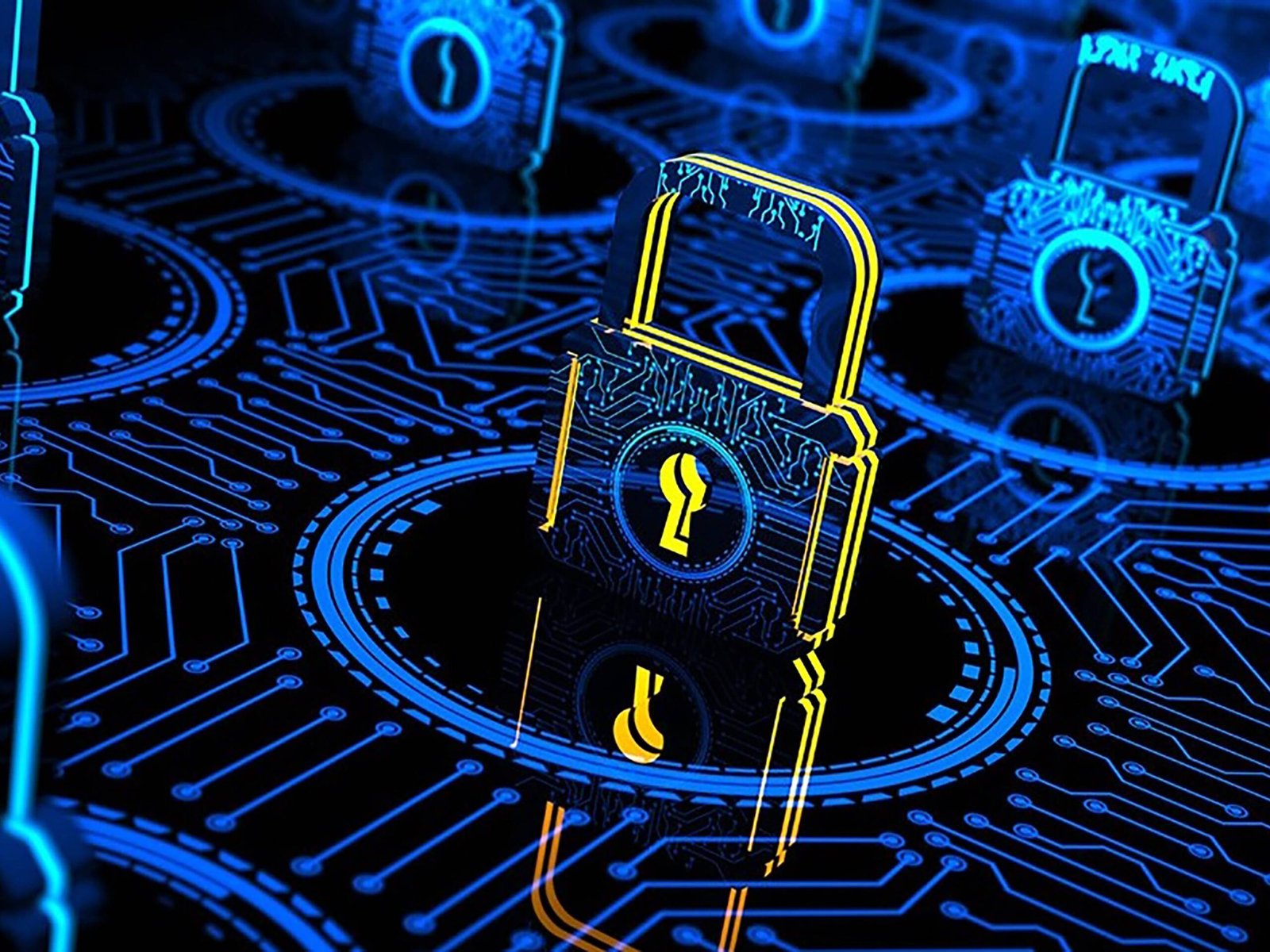In today’s digitally driven landscape, businesses heavily rely on various critical systems to operate efficiently and maintain a competitive edge. Protecting these systems from potential threats and vulnerabilities is of paramount importance. This blog delves into the processes and strategies that businesses employ to safeguard their critical systems, ensuring uninterrupted operations and maintaining the trust of their customers.
Learn About the Threat Landscape
In the rapidly changing world of cybersecurity, understanding the ever-shifting threat landscape is the foundation upon which robust protection strategies are built. This involves not only recognizing common attack routes such as phishing, malware, and ransomware but also staying attuned to emerging threats like zero-day vulnerabilities and sophisticated social engineering techniques. By constantly analyzing the threat landscape, businesses can proactively identify potential risks to their critical systems and allocate resources appropriately to counteract them.
It’s also important to understand the motives behind a cyberattack. Whether it’s financial gain, espionage, or business disruption, knowing the motivations behind attacks helps tailor defense strategies to effectively counteract them. This holistic comprehension of the threat landscape enables businesses to stay one step ahead of cybercriminals, ensuring that their critical systems remain shielded from harm.
Implement Multi-Factor Authentication (MFA)
Multi-Factor Authentication (MFA) requires users to present multiple forms of identification before granting access to critical systems. This multifaceted approach significantly reduces the likelihood of unauthorized access, even if a password falls into the wrong hands. MFA introduces an additional layer of security by demanding a second factor, such as a unique code sent to a registered smartphone or a biometric scan like a fingerprint. This extra step ensures that even if a hacker cracks a password, they still need the physical device or biological feature associated with the account. Implementing MFA might require a little more effort on the user’s part, but the enhanced security it provides is well worth the inconvenience.
Perform Regular Security Audits and Vulnerability Assessments
Picture a fortress with hidden cracks in its walls. It might seem impenetrable from the outside, but vulnerabilities are inside. Similarly, critical systems might appear secure on the surface, but conducting regular security audits and vulnerability assessments is essential to reveal any hidden weak points.
During security audits, professionals comb through the system’s infrastructure, analyzing configurations, access controls, and potential points of entry. Vulnerability assessments involve using specialized tools to scan for weaknesses like outdated software, misconfigured firewalls, or unprotected communication channels. By conducting these assessments regularly, businesses can pinpoint vulnerabilities before malicious actors exploit them, enhancing the overall security posture of their critical systems.
Data Encryption and Secure Communication Protocols
Data encryption is a powerful strategy employed by businesses to safeguard sensitive information from prying eyes. By transforming data into a complex code, encryption ensures that only those with the corresponding decryption key can make sense of the information. Files that have the best encryption are very difficult to access even for the best hackers. Even if they penetrate a computer network, you can protect your data one step further with encryption.
Additionally, during the transmission of data, secure communication protocols like Transport Layer Security (TLS) act as protective tunnels. They encrypt data while it traverses networks, preventing eavesdropping and tampering. These protocols guarantee that even if cybercriminals intercept the data in transit, it remains indecipherable without the decryption key.
Develop an Incident Response Plan
Businesses understand that no defense is invincible, and that’s where an incident response plan comes into play. This strategically crafted plan outlines the steps to be taken when a security breach occurs, ensuring a swift and effective response to mitigate damages.
A well-developed incident response plan designates roles and responsibilities, describes communication protocols, and prescribes containment and recovery strategies. By having such a plan in place, businesses can minimize downtime, reduce data loss, and maintain customer trust. It’s not just about reacting to incidents – it’s about doing so in a way that demonstrates competence, transparency, and a commitment to rectifying the situation.
Conclusion
By integrating these strategies into their cybersecurity framework, businesses can not only safeguard their operations but also inspire confidence among customers, partners, and stakeholders. In a digital landscape filled with uncertainties, the commitment to safeguarding critical systems becomes a testament to an organization’s resilience and dedication to maintaining its competitive edge in the face of challenges.


















